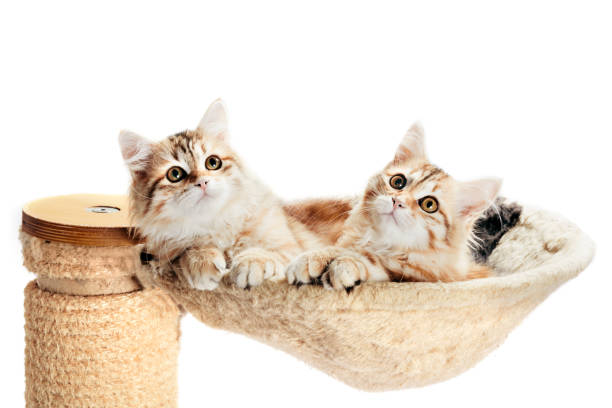Cat Litter Recycling: Misconceptions and Truths
Cat Litter Recycling: Misconceptions and Truths
Blog Article

Picking the ideal cat litter for your feline pal can be a daunting job offered the myriad of options readily available on the marketplace. This detailed guide will look into the different types of cat litter, their benefits, disadvantages, and everything in between to help you make a notified choice.
The material of the cat litter plays a crucial role in its efficiency. Typical materials include clay, silica gel, recycled paper, wood, corn, wheat, and walnut shells. Each product provides distinct advantages and possible disadvantages.
Clay-based litters are the most conventional and widely utilized due to their high absorbency and clumping capabilities, which make cleanup much easier. However, they can be dusty and may not be the very best alternative for felines or humans with breathing problems. Silica gel crystals are highly absorbent, control smells efficiently, and are low maintenance given that they do not require to be changed as regularly. However, they can be more expensive and some felines might not like the texture. Eco-friendly litters, made from recycled paper, wood, corn, wheat, and walnut shells, are environment-friendly choices. They are typically dust-free and good for felines with allergies, but their smell control and clumping capabilities differ extensively.
The option in between clumping and non-clumping litter is substantial. Clumping litter types strong masses when wet, making it easy to scoop out urine and feces, thus keeping a clean litter box. Non-clumping litter absorbs wetness but does not form clumps, which might lead to more regular changes of the whole litter box.
Odor cat litter box enclosure control is a leading priority for the majority of cat owners. Litters are typically infused with baking soda or charcoal to reduce the effects of odors. Keeping a fresh litter box also needs regular scooping, ideally two times a day, and following the manufacturer's standards for changing the litter and cleaning up the box.
The health of your feline and the ecological impact of the litter are also crucial elements. Dust-free or low-dust alternatives are better for respiratory health. Eco-friendly litters provide an environment-friendly alternative to clay, which is strip-mined and not sustainable. In addition, it's essential to be knowledgeable about any allergic reactions your cat might need to certain materials.
Expense is an essential consideration, as the cost of cat litter can differ significantly. While silica gel and some naturally degradable litters may be more costly in advance, cat litter alternatives their durability can offer savings in the long run. On the other hand, clay litter is typically cheaper but requires more regular replacement.
Eventually, the finest cat litter is one that suits both your and your cat's preferences and requirements. It might take some experimentation to find the perfect match. Focus on your feline's habits and convenience, as well as the litter's performance in terms of odor control, absorbency, and maintenance.
Selecting the ideal cat litter contributes substantially to your feline's health, joy, and the cleanliness of your home. By considering the material, clumping ability, odor control, health impacts, environmental impacts, and cost, you can make an educated choice that benefits both you and your furry buddy. Keep in mind, what works finest for one feline might not match another, so be ready to experiment till you discover the ideal cat litter box with lid solution.